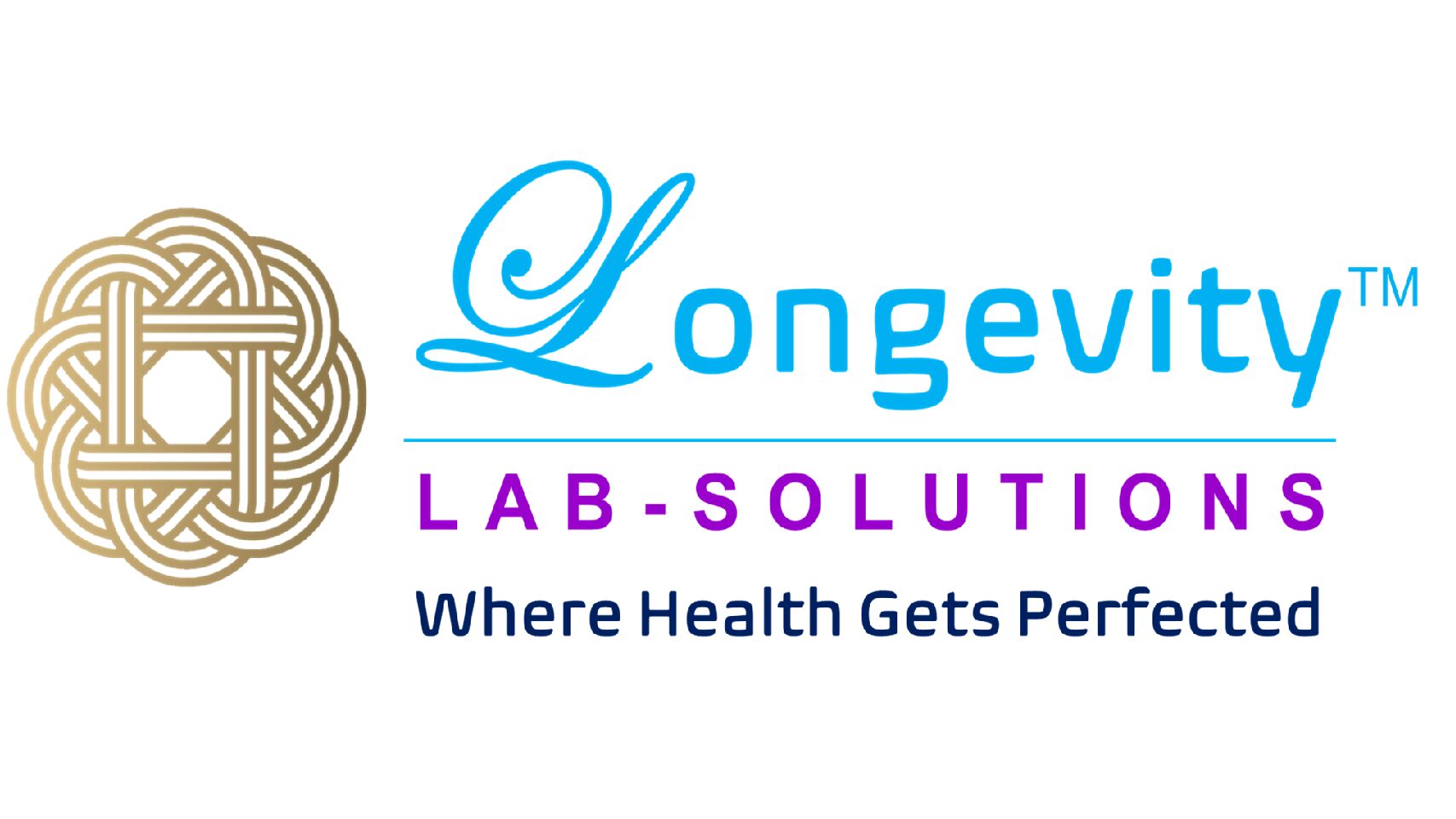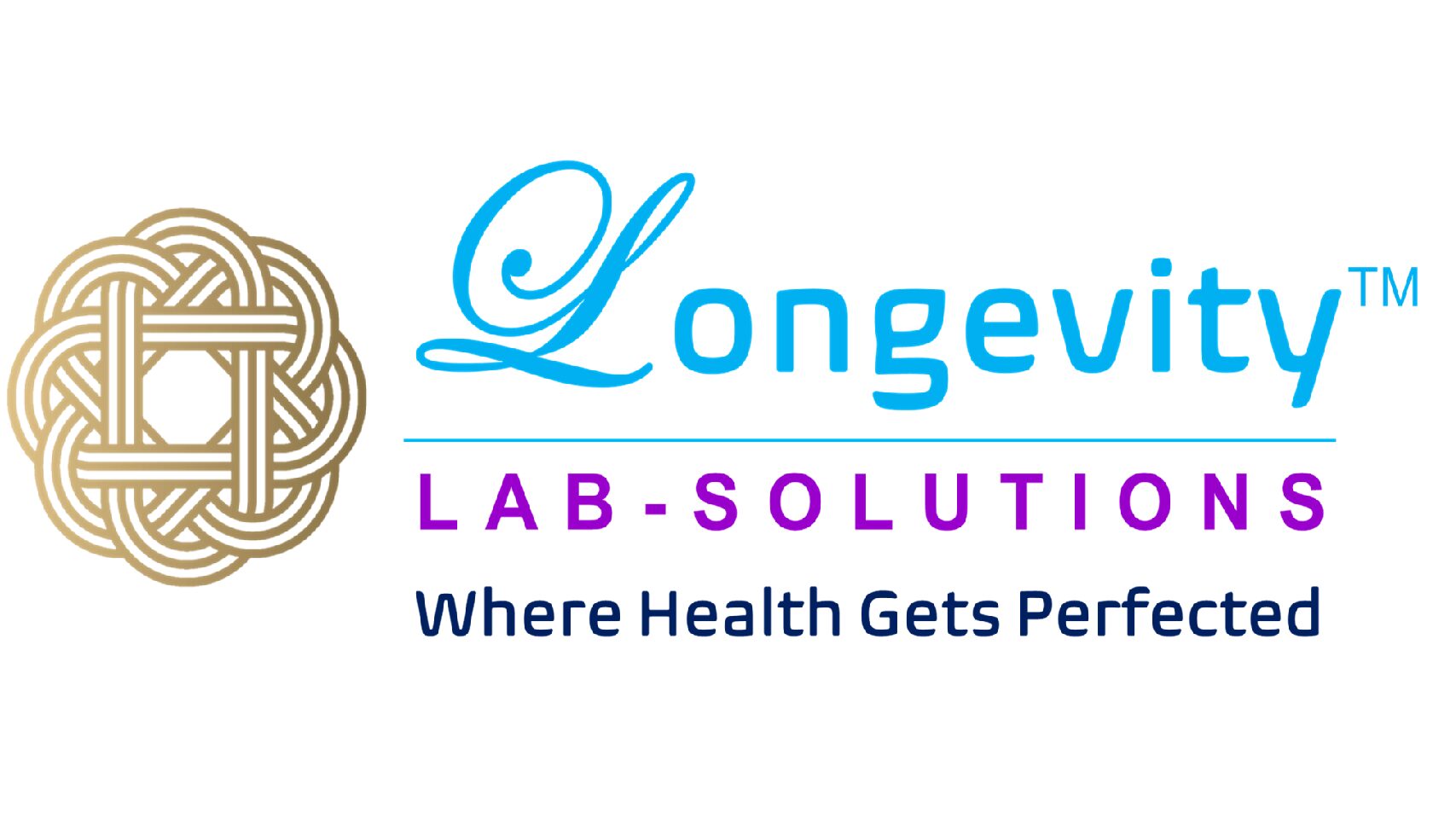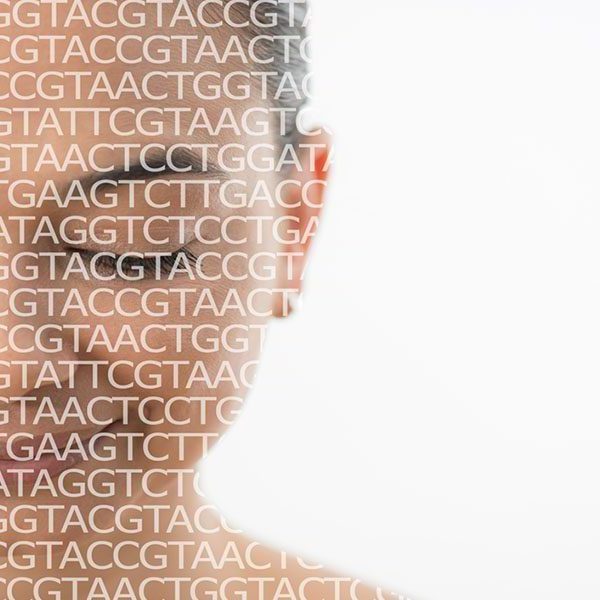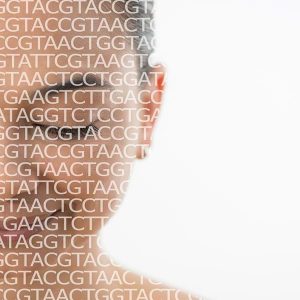Whole Genome Sequencing
$3,999.00
Whole genome sequencing (WGS) is a comprehensive genetic testing method that involves sequencing the entire genome of an individual. It aims to determine the complete DNA sequence of an individual’s genome, including both coding and non-coding regions.
Description
About the Test
Whole Genome Sequencing (WGS) is a comprehensive genetic testing method that involves sequencing the entire genome of an individual. It aims to determine the complete DNA sequence of an individual’s genome, including both coding and non-coding regions. Here are some key points about whole genome sequencing:
- Genetic information: WGS provides a vast amount of genetic information, including information about genes, genetic variations (such as single nucleotide polymorphisms, or SNPs), structural variants, and other genomic features. It provides a detailed view of an individual’s genetic makeup.
- Disease risk assessment: WGS can identify genetic variants associated with an increased risk of certain diseases or conditions. This information can help assess an individual’s susceptibility to certain genetic disorders, hereditary conditions, and complex diseases with a genetic component.
- Pharmacogenomics: WGS can reveal genetic variations that may affect an individual’s response to certain medications. This information can help guide personalized medicine approaches by tailoring drug selection and dosage based on an individual’s genetic profile.
- Research and discovery: WGS plays a vital role in genetic research and discoveries. It allows scientists to study the genetic basis of diseases, identify new genetic variants, and investigate the impact of genetic variations on health and disease.
- Interpretation challenges: Interpreting the vast amount of data generated from WGS is complex. It requires expertise in genomics and bioinformatics to analyze the data, identify relevant genetic variants, and understand their clinical significance.
- Family history and clinical information is required for all Clinical Exome orders. Trio analysis is also available and focuses on the proband of a familial trio (proband and parents). Familial testing can be expanded to include siblings and/or other relatives.
- Incidental or secondary findings which do not match the provided clinical information are not routinely reported. Inclusion of incidental findings can be requested by submitting a signed Informed Consent for Genetic Testing form. Only pathogenic or likely pathogenic variants identified in the 59 genes recommended by ACMG will be reported as incidental findings.
- It’s important to note that WGS is a complex and expensive procedure. It is typically performed in specialized laboratories and requires expertise in genomics and bioinformatics for data analysis and interpretation.
Lab Method & Assay
- Next Generation Sequencing
- Deletion/Duplication Analyses
- Sanger Sequencing
Test Limitations
Exome/Complete Analysis is a phenotype-driven test for a single individual (proband only). Family history and clinical information are required for all Clinical Exome orders. Incidental or secondary findings which do not match the test indication or clinical phenotype are not regularly reported. All sequencing technologies have limitations. This analysis is performed by Next Generation Sequencing (NGS) and is designed to examine coding regions and splicing junctions. Although next generation sequencing technologies and our bioinformatics analysis significantly reduce the contribution of pseudogene sequences or other highly-homologous sequences, these may still occasionally interfere with the technical ability of the assay to identify pathogenic variant alleles in both sequencing and deletion/duplication analyses. Sanger sequencing is used to confirm variants with low quality scores and to meet coverage standards. If ordered, deletion/duplication analysis can identify alterations of genomic regions which include one whole gene (buccal swab specimens and whole blood specimens) and are two or more contiguous exons in size (whole blood specimens only); single exon deletions or duplications may occasionally be identified, but are not routinely detected by this test. Identified putative deletions or duplications are confirmed by an orthogonal method (qPCR or MLPA). This assay will not detect certain types of genomic alterations which may cause disease such as, but not limited to, translocations or inversions, most repeat expansions (eg. trinucleotides or hexanucleotides), alterations in most regulatory regions (promoter regions) or deep intronic regions (greater than 20bp from an exon). If performed, repeat expansion analysis may not elicit the precise number of repeats present in large expansions. This assay is not designed or validated for the detection of somatic or mosaic mutations.
Gene Specifics
| ATXN10 | The current testing method does not assess repeat expansions in this gene. |
| CD40LG | The current testing method does not assess trinucleotide repeat expansions in this gene. |
| CFHR5 | Truncating variants, including partial or whole gene deletions, are typically not reported as they are very common in the general population and thus considered likely benign. |
| DIP2B | The current testing method does not assess trinucleotide repeat expansions in this gene. |
| FOXL2 | The current testing method does not assess trinucleotide repeat expansions in this gene. |
| GALNT12 | Due to high GC content, copy-number variants located in exon 1 of the GALNT12 gene (NM_024642.4) cannot be reliably detected and will not be reported. |
| HCN2 | Exon 1 of this gene is currently not amenable to current sequencing methods, therefore, sequencing and deletion/duplication analysis will not be performed for this region. |
| IL11RA | The current testing method does not assess repeat expansions in this gene. |
| PIK3CA | Because the vast majority of PIK3CA pathogenic variants arise postzygotic and are thus mosaic, more than one tissue may need to be tested. Failure to detect a PIK3CA pathogenic variant does not exclude a clinical diagnosis of the PIK3CA-associated segmental overgrowth disorders in individuals with suggestive features (PubMed: 23946963). |
| RUNX2 | The current testing method does not assess trinucleotide repeat expansions in this gene. |
| SMN2 | The current testing method for SMN2 (NM_017411.3) is limited to sequencing and deletion/duplication analysis of exon 7-8, under the condition that a diagnostic result was detected in SMN1. Sequencing and deletion/duplication analysis are not performed on any other region in this gene. |
| SOX3 | The current testing method does not assess trinucleotide repeat expansions in this gene. |
| TPRN | Exon 1 of this gene is currently not amenable to current sequencing methods, therefore, sequencing and deletion/duplication analysis will not be performed for this region. |
| TUBB | Due to pseudogene interference, our current testing method is only able to reliably detect variants in exon 2 in the TUBB gene. |
| TXNL4A | The current testing method has not been validated to detect the common 34 bp deletion in the putative core promoter of TXNL4A. |
| ZIC2 | The current testing method does not assess trinucleotide repeat expansions in this gene. |
| ZIC3 | The current testing method does not assess trinucleotide repeat expansions in this gene. |
Specimen Requirements
Buccal Swab
Turn Around Time
6-8 weeks







